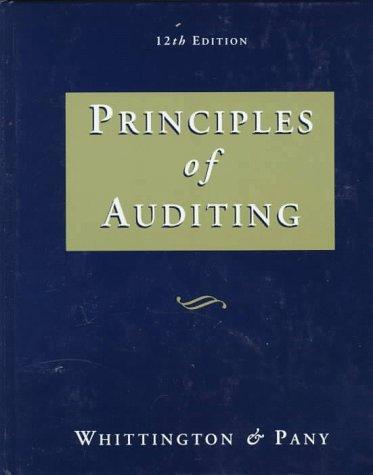
2)

3)

Alden Company uses a three-variance analysis for factory overhead variances. Practical capacity is defined as 30 setups and 30,000 machine hours to manufacture 7,500 units for the year. Selected data for 2019 follow: $ 69, eee 110, eee $179, eee $483,000 Budgeted fixed factory overhead: Setup cost Other Total factory overhead cost incurred Variable factory overhead rate: Per setup Per machine hour Total standard machine hours allowed for the units manufactured Machine hours actually worked Actual total number of setups Actual number of units produced during the year Standard number of setups for units produced during the year $ $ 5ee 8.00 30,eee hours 33,5ee hours 26 7,500 30 Required: 1. Compute: (a) the total overhead spending variance, (b) the overhead efficiency varlance, and (c) the total overhead flexible-budget variance for 2019. Label each variance as favorable (F) or unfavorable (U). 2. Assume that the company Includes all setup costs as variable factory overhead. The budgeted total fixed overhead, therefore, is $110,000, and the standard variable overhead rate per setup is $2,800. What is: (a) the total overhead spending varlance, (b) the overhead efficiency varlance, and (c) the total overhead flexible-budget variance for the year? Label each variance as favorable (F) or unfavorable (U). 3. Assume that the company uses only machine hours as the activity measure to apply both variable and fixed overhead, and that it Includes all setup costs as variable factory overhead. What is (a) the Total Overhead Spending Varlance, (b) the Overhead Efficiency Varlance, and (c) total Overhead Flexible-Budget Varlance for the year? Indicate whether each variance is favorable (F) or unfavorable (U). Complete this question by entering your answers in the tabs below. Required 1 Required 2 Required 3 Compute: (a) the total overhead spending variance, (b) the overhead efficiency variance, and (c) the total overhead flexible- budget variance for 2019. Label each variance as favorable (F) or unfavorable (U). (a) Spending variance (b) Efficiency variance (c) Flexible-budget variance Required 1 Required 2 Required 3 Assume that the company includes all setup costs as variable factory overhead. The budgeted total fixed overhead, therefore, is $110,000, and the standard variable overhead rate per setup is $2,800. What is: (a) the total overhead spending variance, (b) the overhead efficiency variance, and (c) the total overhead flexible-budget variance for the year? Label each variance as favorable (F) or unfavorable (U). Show less (a) Spending variance (b) Efficiency variance (C) Flexible-budget variance Required 1 Required 2 Required 3 Assume that the company uses only machine hours as the activity measure to apply both variable and fixed overhead, and that it includes all setup costs as variable factory overhead. What is (a) the Total Overhead Spending Variance, (b) the Overhead Efficiency Variance, and (c) total Overhead Flexible-Budget Variance for the year? Indicate whether each variance is favorable (F) or unfavorable (U). Show less (a) Spending variance (b) Efficiency variance (c) Flexible-budget variance









